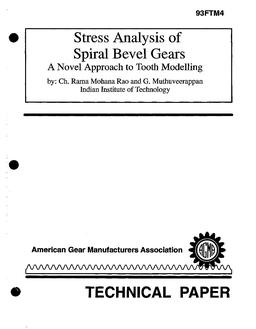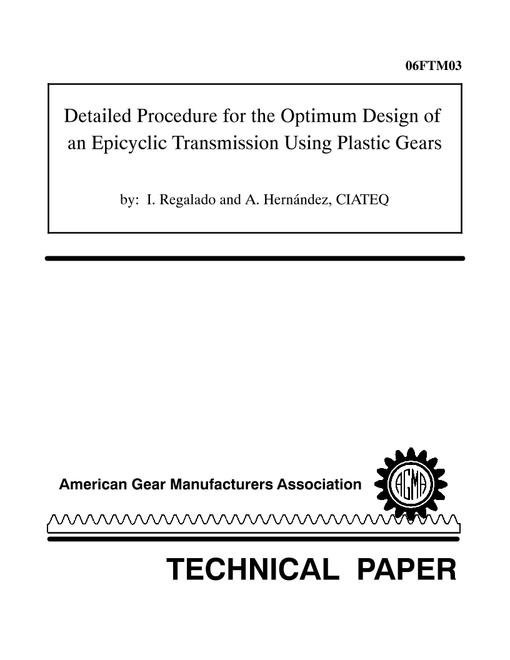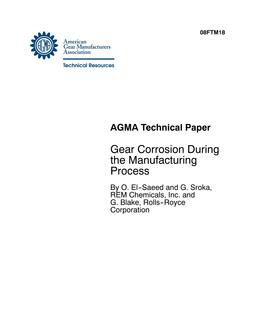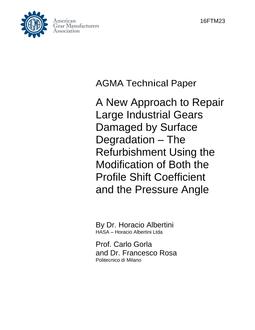-
-
Available Formats
- Availability
- Priced From ( in USD )
-
Available Formats
-
- Immediate download
- $85.00
- Add to Cart
-
- Printed Edition
- Ships in 1-2 business days
- $85.00
- Add to Cart
Customers Who Bought This Also Bought
-

AGMA 93FTM4
Priced From $47.00 -

AGMA 06FTM03
Priced From $47.00 -

AGMA 08FTM18
Priced From $47.00 -

AGMA 16FTM23
Priced From $85.00
About This Item
Full Description
With the evolution of size, weight, surface structure, and tolerance requirements in gear production and application, gear metrology is challenged at the same time to fulfill the cycle time requirements and to support the varieties in gear dimensions and geometry. The standard gear flank inspection is based on measuring two-dimensional line features (classically one profile and one helix per tooth) on selected gear teeth (usually four teeth selected), and graphically evaluating the lines for deviation parameters. When inspecting structured modifications on gear flanks, multiple lines are sampled to examine the whole surface, which significantly increases the measurement time. Optical methods start to gain attention for gear measurement with the benefits of fast sampling and high data density. However, the evaluations are still carried out by extracting and evaluating a limited number of lines from the large data cloud. This paper focuses on the evaluation of involute gear flanks with areal, three-dimensional surface data, providing holistic information of the gears. The three-dimensional gear model and the plumb line distance model enable the calculation of deviations in the surface normal direction of a gear flank. This paper presents the benefits of an area-oriented inspection of gear flanks, comprising mathematical approaches for areal descriptions of involute surfaces, deviations, and modifications, as well as the characterization of areal data with “3D gear deviation parameters”. Approximation and orthogonal polynomial decomposition methods are applied for surface reconstruction and parameter calculation. Measured gear data is analyzed and comparisons with conventional evaluation results are presented.





